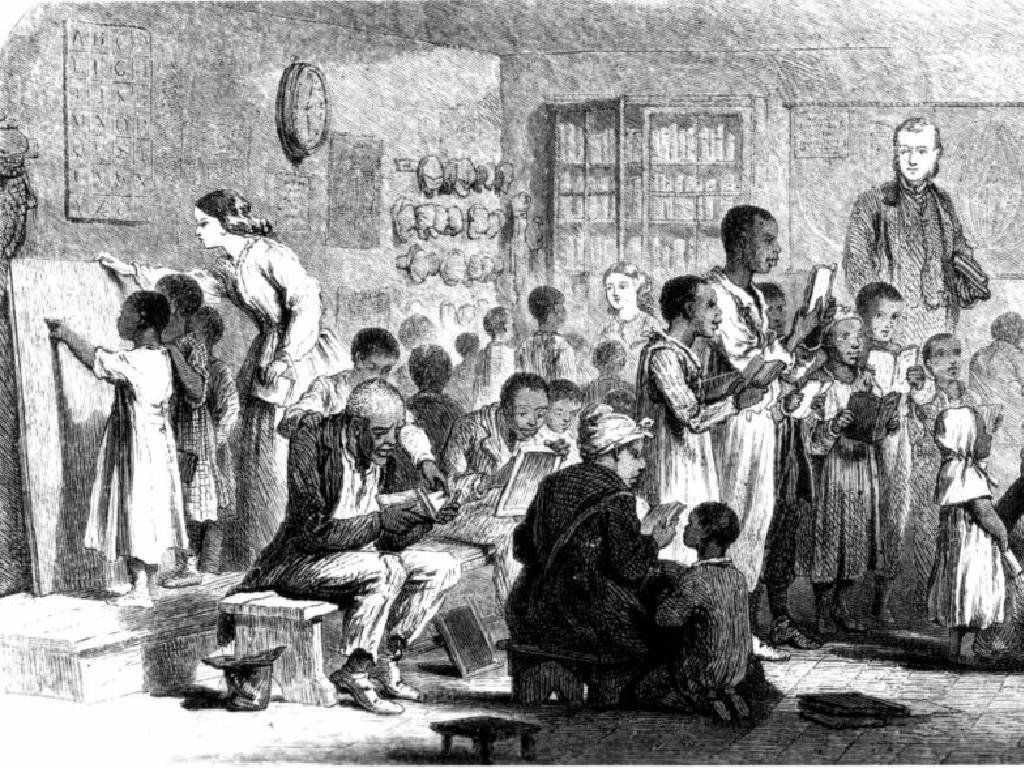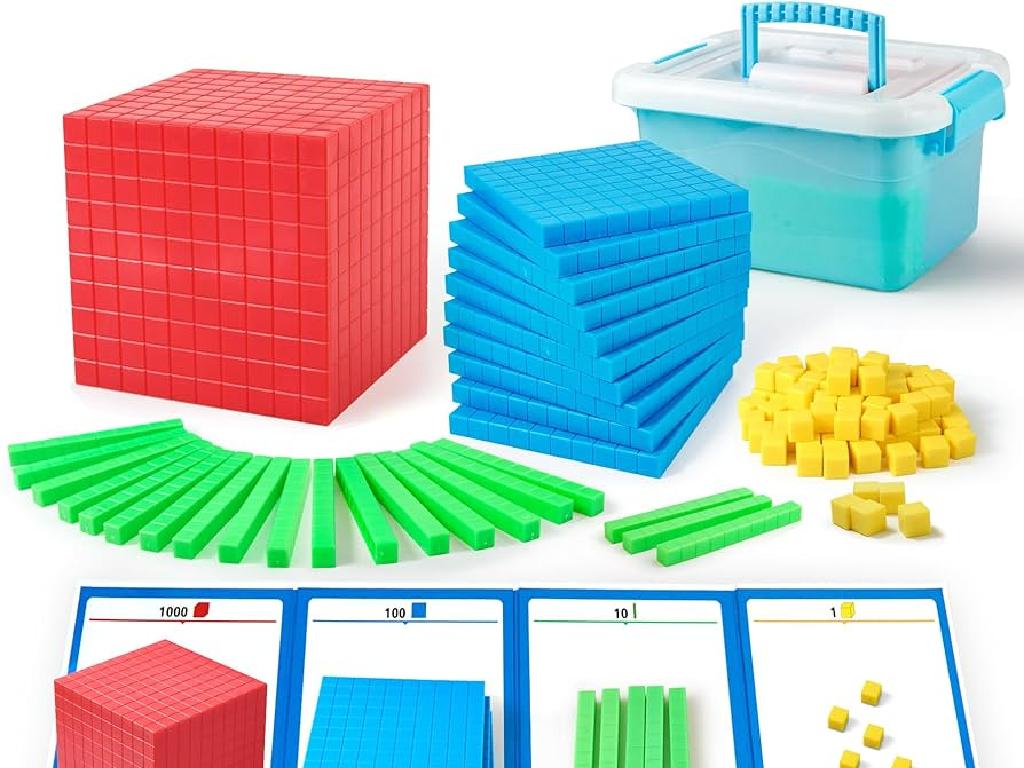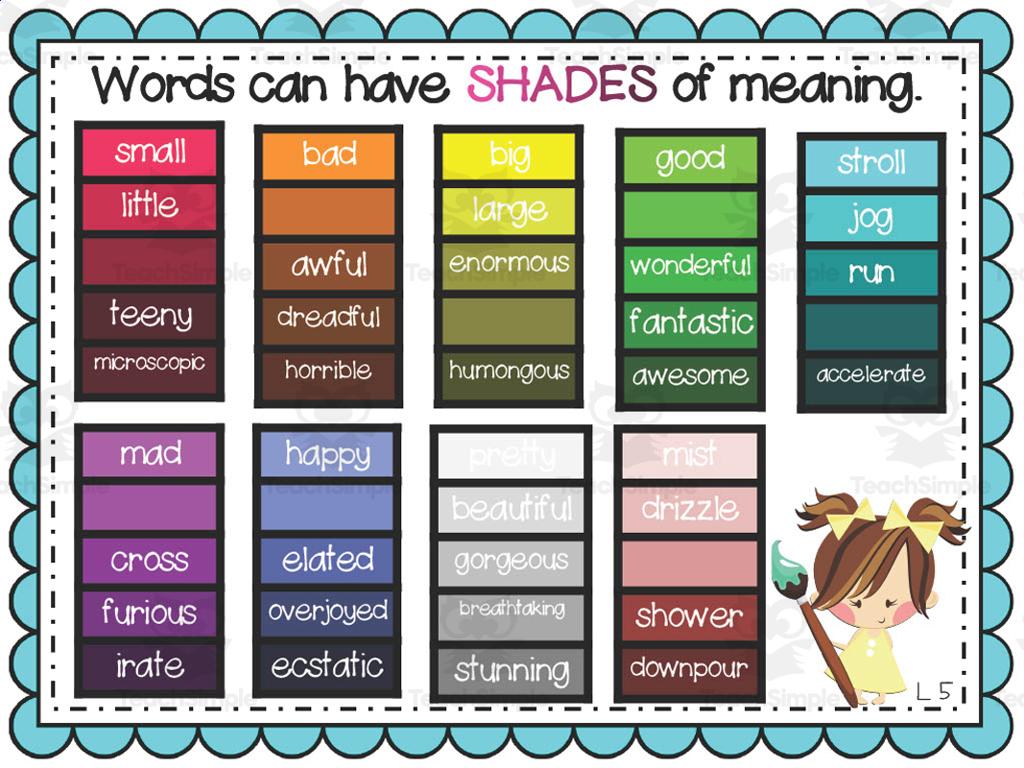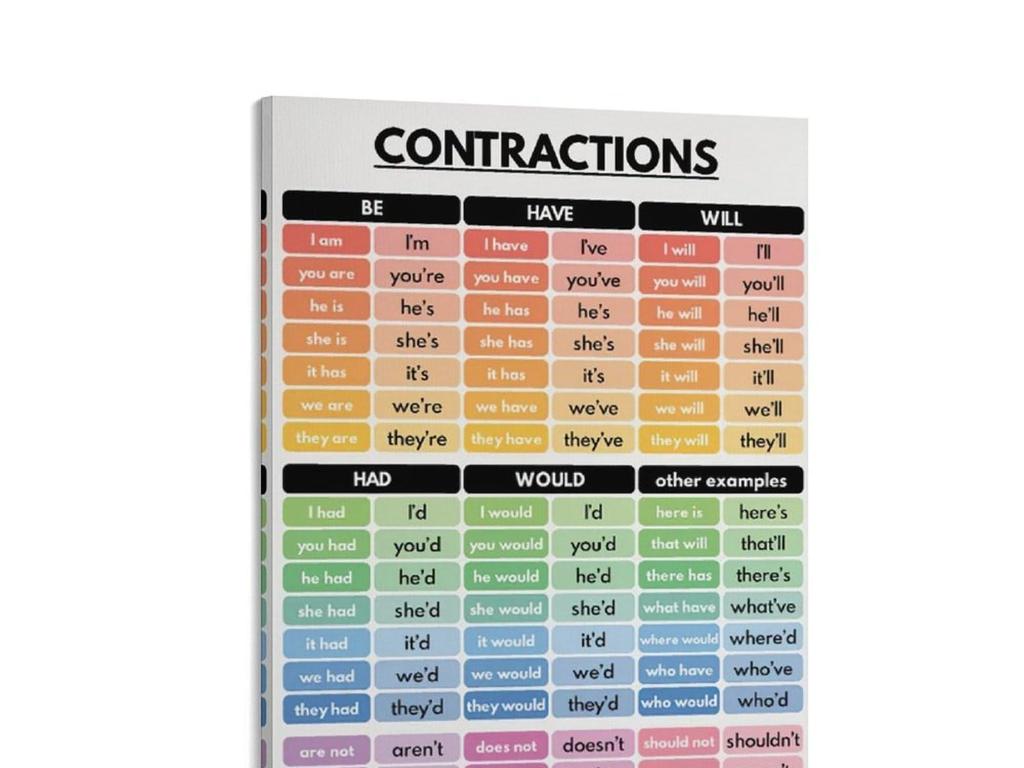Compare Checking Accounts
Subject: Math
Grade: Sixth grade
Topic: Financial Literacy
Please LOG IN to download the presentation. Access is available to registered users only.
View More Content
Financial Literacy: Checking Accounts
– Grasping money’s value
– Defining Financial Literacy
– The knowledge to manage financial resources effectively for a lifetime of financial well-being.
– Exploring Checking Accounts
– A bank account for daily transactions, deposits, and withdrawals.
– Why Checking Accounts matter
– They are essential for managing personal finances and handling everyday transactions.
|
This slide introduces students to the concept of financial literacy with a focus on checking accounts, a fundamental element of personal finance. Begin by discussing the value of money and how it affects daily life. Explain financial literacy as the ability to understand and effectively use various financial skills, including personal financial management, budgeting, and investing. Then, delve into checking accounts, describing their purpose and how they are used for daily financial activities such as depositing paychecks and paying bills. Emphasize the importance of checking accounts in managing money responsibly. Encourage students to think about how a checking account could be useful in their own lives and to come up with questions about how these accounts work.
Understanding Checking Accounts
– What is a checking account?
– A bank account for daily transactions
– The purpose of a checking account
– To safely deposit money and pay bills
– Daily uses of checking accounts
– Used for purchases, ATM withdrawals, online payments
– Managing money with checking accounts
– Track spending and budgeting effectively
|
This slide introduces students to the concept of checking accounts, a fundamental element of personal finance. Begin by defining a checking account as a type of bank account primarily used for daily transactions such as deposits, withdrawals, and bill payments. Explain that having a checking account is essential for managing money safely and conveniently. Illustrate how these accounts are used in everyday life, for example, when buying groceries, withdrawing cash from an ATM, or making online purchases. Emphasize the importance of keeping track of the money in a checking account to avoid overspending and to maintain a budget. Encourage students to ask questions about how checking accounts work and share any experiences they might have with family members using these accounts.
Types of Checking Accounts
– Standard Checking Accounts
– Basic accounts for everyday use with minimal or no interest.
– Interest-Bearing Checking Accounts
– Accounts that earn interest on your balance.
– Online Checking Accounts
– Managed completely online with often lower fees.
– Student Checking Accounts
– Designed for students, usually with lower fees and additional perks.
|
This slide introduces students to the different types of checking accounts available. Standard checking accounts are the most common type, typically offering a range of basic services like check writing and debit card access. Interest-bearing checking accounts allow customers to earn interest on the money in their account. Online checking accounts are primarily managed through the internet and can offer lower fees due to lower overhead costs for the bank. Student checking accounts are tailored for young individuals, often with features that cater to those still in school. Encourage students to think about why someone might choose one type of account over another and what factors they would consider important in a checking account.
Features of Checking Accounts
– Understanding debit cards and checkbooks
– Debit cards let you pay directly from your account, and checkbooks allow you to write checks.
– ATM access and potential fees
– ATMs let you withdraw cash; some may charge fees.
– Exploring online banking features
– Online banking can include transferring money, paying bills, and checking balances.
– What is overdraft protection?
– Overdraft protection prevents you from spending more than your account balance.
|
This slide aims to introduce students to the basic features of checking accounts, which are fundamental components of financial literacy. Start by explaining how debit cards and checkbooks work as tools for accessing and managing money. Discuss the convenience of ATMs and the importance of being aware of any fees that might be charged for their use. Highlight the benefits of online banking, such as ease of use and 24/7 access to account information. Finally, explain overdraft protection as a safety feature that can help avoid additional fees and financial mishaps. Use examples relevant to their understanding, such as comparing a debit card to a library card that gives access to a limited number of books (funds).
Comparing Checking Accounts
– How to compare accounts
– Look at fees, interest rates, and services offered.
– Key factors: fees, rates, services
– Monthly fees, ATM fees, interest on balances, online banking.
– Example account comparison
– Compare Account A with no fees but no interest vs. Account B with fees but high interest.
|
When comparing checking accounts, it’s important for students to understand the various aspects that can affect their money. Teach them to look for any monthly maintenance fees, minimum balance fees, ATM fees, and whether the account earns interest. Discuss the services offered, such as online banking, mobile deposits, and customer service availability. Use a real-world example to illustrate the differences between two types of checking accounts, such as one that offers no fees but doesn’t accrue interest, versus one that may have fees but offers a higher interest rate on the balance. This will help students grasp the concept of making informed decisions based on their individual financial needs and goals.
Making Smart Choices: Checking Accounts
– Importance of the right account
– Choosing the right account can save money and earn benefits.
– Consider your financial needs
– Think about how much money you’ll deposit and how you’ll use the account.
– Ask the right questions
– What are the fees? Is there a minimum balance? What are the benefits?
– Smart account management
|
This slide aims to teach students the importance of making informed decisions when it comes to managing their money through checking accounts. It’s crucial for them to understand that the right account can help them save money and gain benefits like lower fees or interest earnings. Encourage them to consider their own financial habits, such as how often they’ll deposit money and what they’ll use the account for. Provide guidance on the types of questions they should ask a bank before opening an account, such as inquiries about fees, minimum balance requirements, and additional benefits. This will help them become more financially literate and responsible. In class, discuss different scenarios and let students role-play asking questions to a bank representative.
Class Activity: Role-Play on Checking Accounts
– Pair up: bank rep and customer
– Discuss various checking accounts
– Compare account features
– Look at fees, interest, minimum balance, etc.
– Choose the best account for needs
– Consider customer’s spending habits and savings goals
|
This interactive role-play activity is designed to help students understand the different features of checking accounts. By taking on the roles of bank representative and customer, students will engage in discussions about various checking account options, comparing aspects such as fees, interest rates, and minimum balance requirements. The goal is for the ‘customer’ to decide on the account that best fits their financial needs, taking into account their spending habits and savings objectives. For the teacher: Prepare a few examples of checking account options with different features for the students to use during their role-play. Encourage students to ask questions about each account type and to think critically about what financial services will benefit them the most. After the activity, have a group discussion to reflect on the different accounts chosen and why they were deemed the best fit.
Conclusion & Homework: Checking Accounts
– Recap on checking accounts
– Understanding financial responsibility
– Managing money wisely is a key skill
– Homework: Research a checking account
– Find a real bank’s checking account online
– Prepare for a class discussion
– Note its fees, benefits, and requirements
|
This slide wraps up the lesson on checking accounts and emphasizes the importance of being financially responsible. Students should understand that a checking account is a tool to manage their money and that it comes with both benefits and responsibilities. For homework, they are tasked to research a real checking account from a bank, which will help them apply what they’ve learned in a practical context. They should look for specific features such as fees, interest rates, minimum balance requirements, and any benefits that come with the account. Encourage them to think critically about how these features might affect their financial decisions. In the next class, students will discuss their findings, fostering a deeper understanding of financial literacy.





